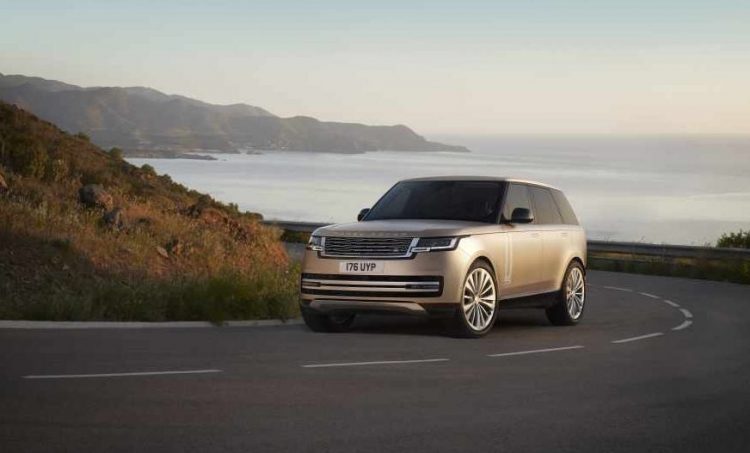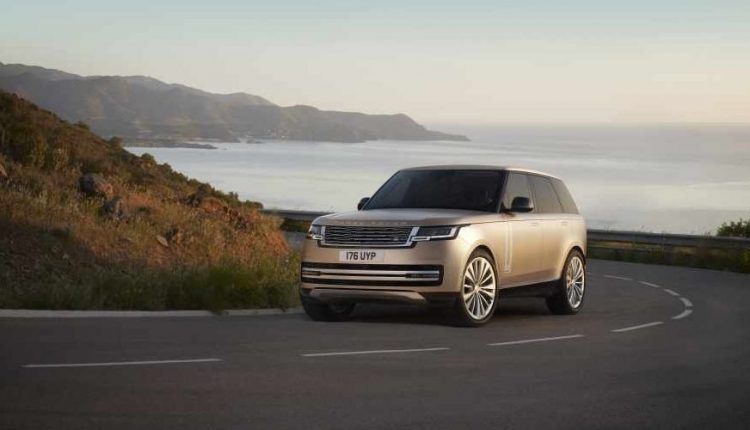Carmaker Jaguar Land Rover is reporting a 36% surge in sales for the second quarter of its fiscal year with losses cut to £173m. Tony McDonough reports

Jaguar Land Rover (JLR) is reporting a big improvement in sales for the three months to September – the second quarter of its fiscal year.
JLR, which employs around 3,700 people at Halewood in Merseyside assembling the Land Rover Discovery Sport and Range Rover Evoque, said revenue for the quarter hit £5.3bn. This was 36% higher than the same period in 2021.
Pre-tax loss was £173m but this is a big improvement on the £302m loss reported a year earlier. JLR said the improved margin reflects the production ramp up of new Range Rover and Range Rover Sport models.
For the past couple of years the company has been hampered by a global shortage of semiconductor computer chips, essential to modern vehicles. However, JLR has now put new agreements in place and is seeing an improvement in sales.
Retail sales for the quarter September 30 were 88,121 vehicles, an increase of 9,296 compared with the previous quarter.
Compared to the first quarter, retail sales were higher in China (+38%), North America (+27%) and Overseas (+14%) but were lower in the UK (-7%) and Europe (-10%).
The business is continuing to see strong demand. Its customer order book now stands at 205,000 units. Its three most profitable models – the New Range Rover, New Range Rover Sport and Defender – account for over 70% of the order book.
READ MORE: Jaguar Land Rover to retrain 29,000 people
It says it is increasing partnership agreements with semiconductor suppliers. This is expected to enable improving volumes in the second half of the financial year ending March 2023 and beyond. JLR says it has £3.7bn in cash and £1.5bn in an undrawn revolving credit facility.
Thierry Bolloré, JLR’s chief executive, said: “We delivered a stronger financial performance in the second quarter as production of our new Range Rover and Range Rover Sport ramped up, improving revenue, margins and cash flow, despite continuing semiconductor constraints.
“Demand for our most profitable and desired vehicles remains strong and we expect to continue to improve our performance in the second half of the year, as new agreements with semiconductor partners take effect, enabling us to build and deliver more vehicles to our clients.”

